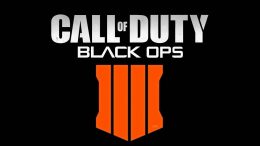Nintendo Switch Just Keeps Getting Bigger
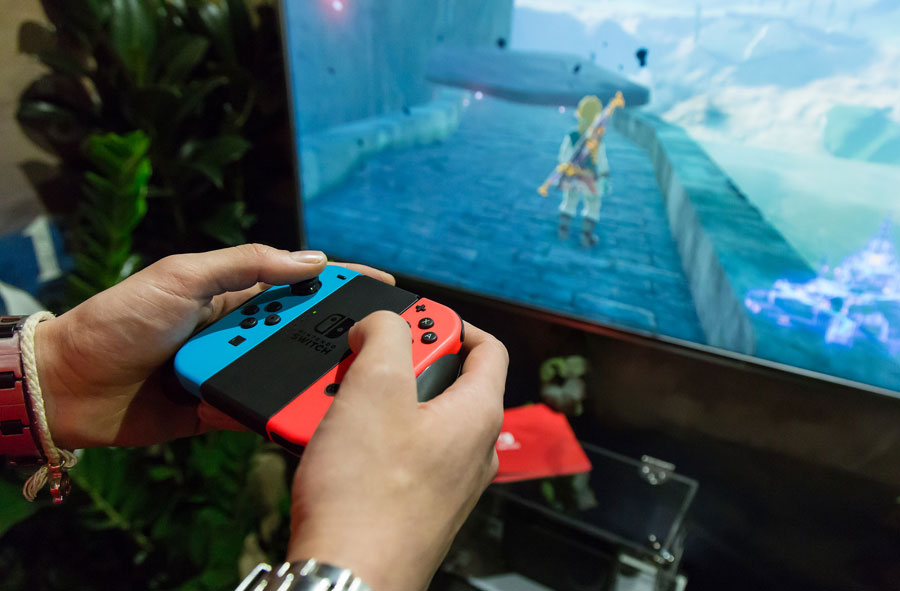
It’s been almost two years since Nintendo launched its successful, first-generation Switch console. They’ve been two years of relatively steady growth for Nintendo’s hardware branch. The console has gathered a loyal following of users, putting Switch on par with predecessors like the Wii U and, some say, the revolutionary Wii console itself.
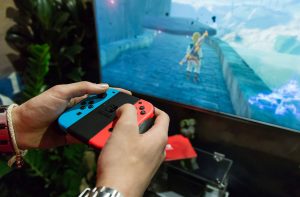
If you aren’t already on the Switch bandwagon, now’s the time to explore Nintendo’s newest hardware product. The console puts retro games, like Mario Kart, and new titles, like Splatoon, at your fingertips. The console also uses a relatively low amount of bandwidth, which makes the console a real possibility for mobile broadband users.
Console’s Retro Appeal is Driving its Popularity
While Nintendo has had success with new games like Splatoon, Rocket League, and Darkest Dungeon, the console really embraces classic games like Mario Kart, The Legend of Zelda, and Sonic. The console’s retro appeal drives much of its popularity. About half of Switch’s top-selling titles, for example, are retro reboot
 Wireless Specifications for Nintendo Switch
Wireless Specifications for Nintendo Switch
Switch has a set of pretty standard wireless specifications:
- Wi-Fi (IEEE 802.11 a/b/g/n/ac).
- Bluetooth 4.1
You don’t need to go wireless with Switch. You can also connect Nintendo Switch with a wired LAN adapter in TV mode, although you’ll have to purchase the adapter separately.
Nintendo Switch on Mobile Broadband
While, officially, Nintendo recommends that you connect your Switch to a reliable cable or DSL internet connection, the console’s specifications don’t rule out 4G LTE. Like other gaming platforms, Switch requires a download and upload speed of 1.5 Mbps or higher, speeds that 4G LTE regularly achieves.

Here’s what Nintendo says, on its troubleshooting page, about connecting your Switch console to the internet:
We recommend use of a high-speed, wired Internet connection such as a Cable, DSL, or Fiber Optics Internet connection. Use of other services, such as cellular or satellite Internet, may result in lag, latency, or slow download speeds that prevent use of some online features. If you’re experiencing an issue that may be related to use of these services, try another type of Internet connection if possible.
Luckily, lags don’t ruin retro games the same way they ruin the real-time multiplayers that are so popular on the PS4 and Xbox One consoles. Given the low-bandwidth requirements of its top-selling games, Switch is one of the better consoles to purchase if you use mobile broadband.
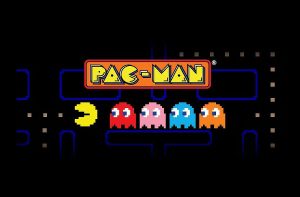
Track Your Mobile Data Usage
If you use mobile broadband, you’re probably also worried about wasting tons of data on Switch. No worries. To help you track your data usage, the carriers Verizon, AT&T, T-Mobile, and Sprint all offer streamlined online and text services. These services give you easy access to useful information about your data use.
While carrier services are useful, they aren’t particularly specific. To determine how much data you spend on Switch specifically, use a free traffic monitoring application like PRTG Network Monitor or Netlimiter 4. These applications generate exact numbers that you can use to estimate your long-term data usage with greater accuracy.


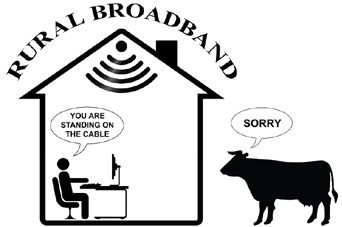
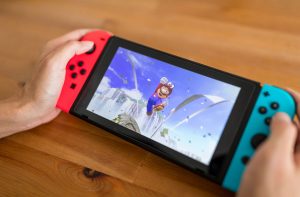 Wireless Specifications for Nintendo Switch
Wireless Specifications for Nintendo Switch
